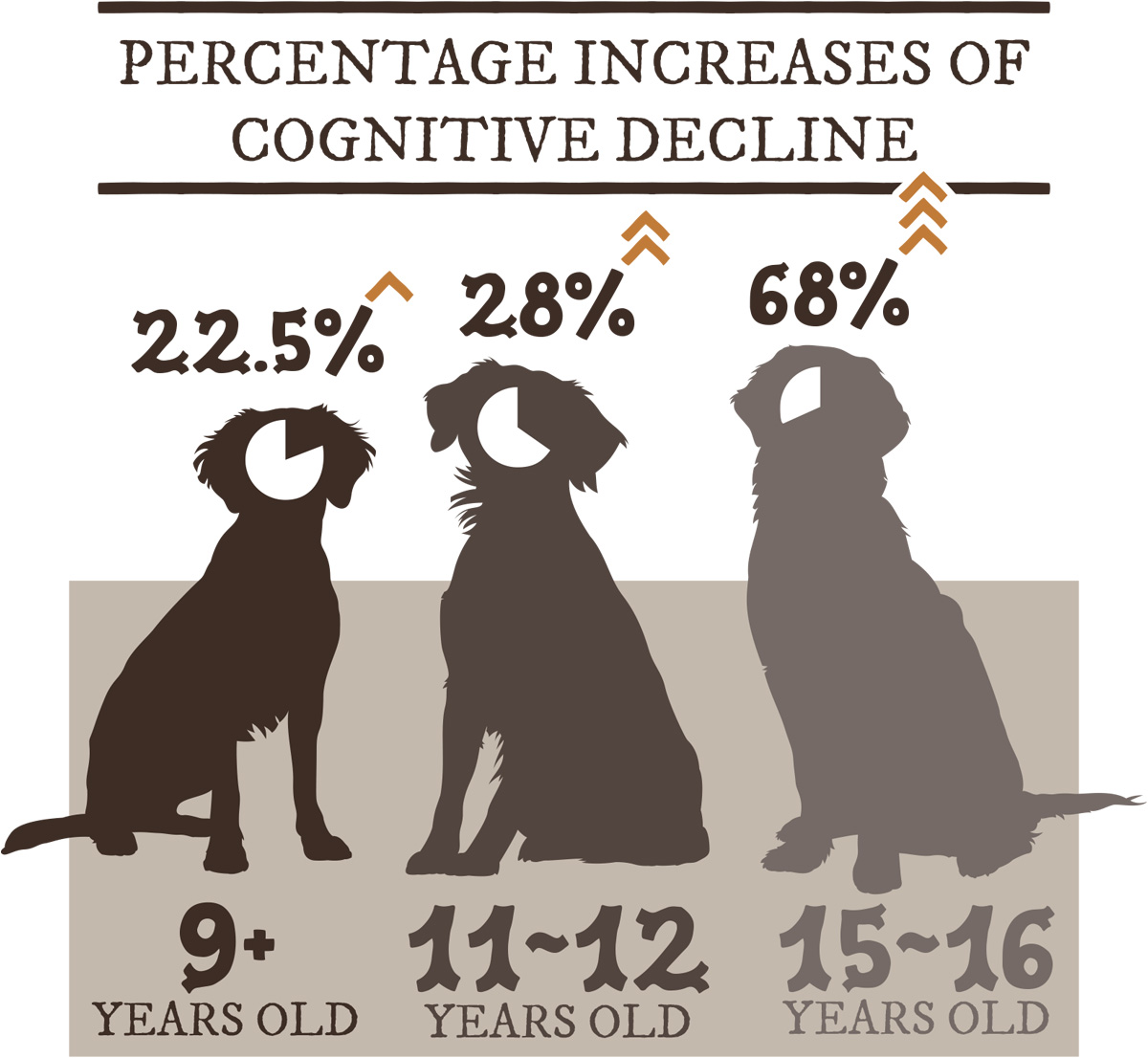
 he lifelong loyalty of dogs is met with even more devotion in their senior years. Senior dogs depend on their owners to care for them and adjust the pace of their life to match their slower friend. In return, they offer a calmness that resonates with anyone who has ever loved a senior dog. Loving an aging dog means chasing new memories together instead of chasing ribbons and titles.
he lifelong loyalty of dogs is met with even more devotion in their senior years. Senior dogs depend on their owners to care for them and adjust the pace of their life to match their slower friend. In return, they offer a calmness that resonates with anyone who has ever loved a senior dog. Loving an aging dog means chasing new memories together instead of chasing ribbons and titles.
Dog groomers who have had senior dogs of their own notice how gradually their dog’s grooming needs change. Slowly, you begin decreasing the amount of time your dog spends on the grooming table, and you start grooming your now-aging champion in short sessions. Instead of keeping a full coat, you might soon start keeping your dog in shorter styles—less time brushing, more time cuddling.
Understanding the individual needs of dogs is an essential skill for groomers. While many dogs need regular grooming throughout their lives to stay healthy and comfortable, it is important to make adjustments as they age.
Senior dogs often show obvious physical changes, which groomers can usually accommodate for during the grooming process. However, not all changes are visible to owners. While groomers may clearly notice these changes, owners sometimes struggle to recognize the gradual shifts in their pet.
Grooming sessions often look different as the groomer prioritizes keeping a dog comfortable—especially one that can’t stand for long or becomes anxious in the salon. Even cognitive changes in senior dogs can have a significant impact.
According to Texas A&M College of Veterinary Medicine, one study indicates that approximately 22.5% of dogs over the age of nine show signs of cognitive decline. This percentage increases to 28% in dogs between the ages of 11 and 12, and jumps to 68% in dogs aged 15 to 16.1
If you notice a change in a dog you’ve been grooming for its entire life—such as anxiousness, negative responses to grooming or other behavioral shifts—it’s important to notify the owner of these changes. Some owners may deny that their dog is any different and respond with frustration when the groomer requests a change in the dog’s style or suggests splitting the appointment into two sessions to make the dog more comfortable. For groomers, this can be difficult because they want to do what is best for the dog and can’t understand why the owner doesn’t seem to agree.
To help owners make the transition to comfort grooming, it can help to have a written plan for the individual dog. Make a template that can be adjusted for each dog. For example, you can list common changes that occur in senior dogs and options for adjusting the grooming process. Create checkboxes to select the best options for each dog, allowing you to customize the plan. You can then take a picture of the completed form to upload into the dog’s profile in your system and give the customer a hard copy.

Clear communication can help put owners at ease. Owners who may be frustrated when their dog has to be kept shorter or brought in more frequently will begin to understand that these changes are in the best interest of the dog.
Another way to help owners understand the grooming needs of their senior dogs is by having a few resources prepared. Print resources about senior dogs from reputable websites. These might include information about changes in a dog’s skin, behavioral changes and more. Groomers should not answer medical questions or suggest diagnoses, but they can provide information and encourage pet owners to reach out to their veterinarian.
Clear communication can help put owners at ease. Owners who may be frustrated when their dog has to be kept shorter or brought in more frequently will begin to understand that these changes are in the best interest of the dog. Together, you and the pet owner can decide what is best. If a senior dog is nervous about car rides, more frequent appointments may not make sense for that individual dog, for example. In some cases, you might even request that an owner remain in the waiting room while you groom their dog. This is helpful for dogs that are anxious when waiting for pick-up.
As groomers, we can do our best to provide senior dogs with quiet time slots and easier grooming appointments. You wouldn’t hesitate to change the grooming routine for your own senior dog, and you should talk to pet owners about doing the same for theirs. With careful planning and practical adjustments, you can support both owners and senior dogs.
- College of Veterinary Medicine & Biomedical Sciences, Texas A&M University. (2021, April 15). Cognitive Decline In Aging Dogs: What To Know. Texas A&M University. https://vetmed.tamu.edu/news/pet-talk/cognitive-decline-in-aging-dogs/

